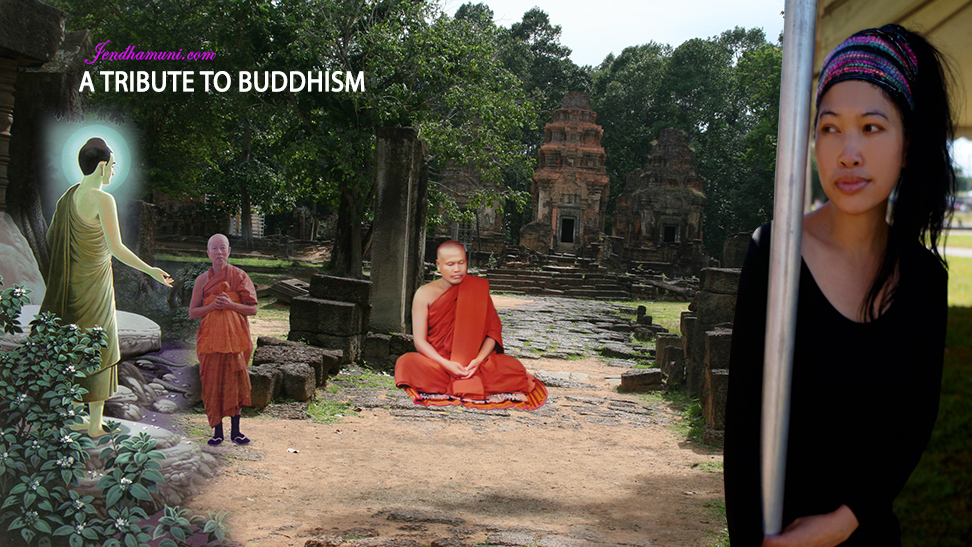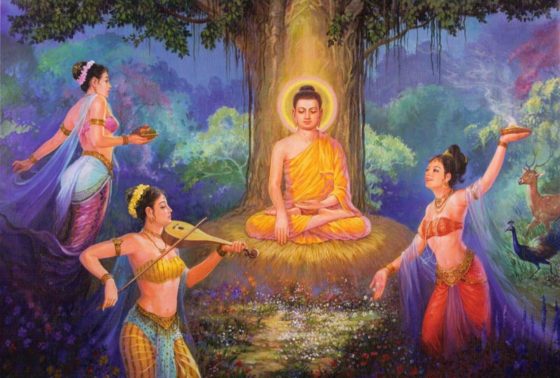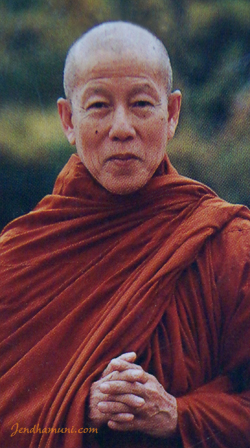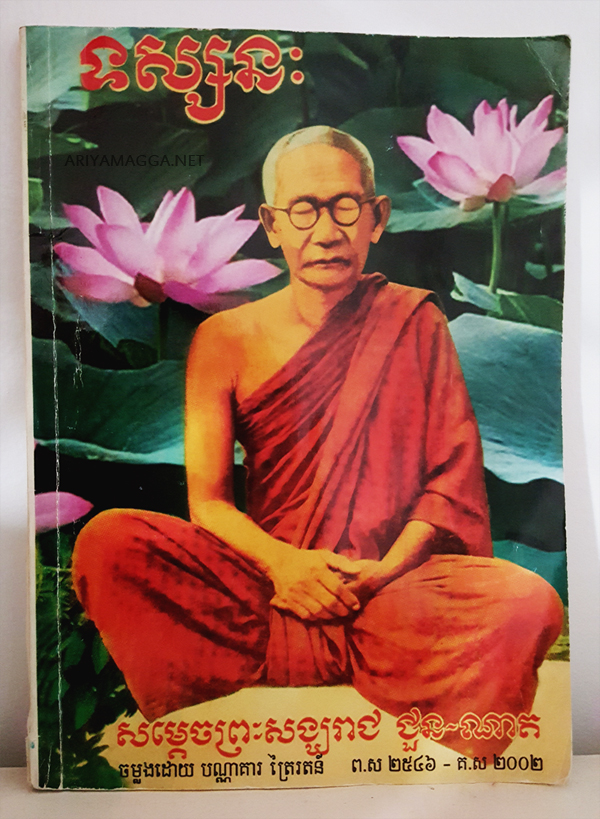 by Gil Fronsdal, February 2006
by Gil Fronsdal, February 2006
While mindfulness can be practiced quite well without Buddhism, Buddhism cannot be practiced without mindfulness. In its Buddhist context, mindfulness meditation has three overarching purposes: knowing the mind; training the mind; and freeing the mind.
Knowing the Mind
It is easy to spend an hour, a day, or even a lifetime so caught up with thoughts, concerns, and activities as to preclude understanding deeply what makes us operate the way we do. People can easily be clueless as to what motivates them, the nature of their reactions and feelings, and even, at times, what they are thinking about. The first step in mindfulness practice is to notice and take stock of who we are. What is going on in the body, in the mind, in our emotional life? What underlying dispositions are operating?
This part of mindfulness practice is a simple process of discovery; it is not judging something as good or bad. Meditative discovery is supported by stillness. Whatever our degree of stillness, it acts as a backdrop to highlight what is going on. It doesn’t take much stillness to notice a racing, agitated mind. Discovery means becoming familiar with what a racing mind is like instead of being critical of it. What is the mind itself like, and what is its effect on the body? What emotions are present? What thoughts and beliefs?
The knowing aspect of mindfulness is deliberate and conscious. When you know something this way, not only do you know it, but also a presence of mind grows in which you clearly know that you know. It is like being one of two calm people in an unruly crowd. Neither of you gets caught up in the crowd’s agitation, and a spark of recognition, maybe even a smile, passes between you as you share knowing that both of you are not caught.
When the focus is on knowing, we make no attempt to try to change anything. For people who are always trying to make something happen, just observing the mind can be a radical change and a relief.
Training the Mind
The mind is not static. It is a process or, more accurately, a series of interacting processes. As such, the mind is malleable and pliable: it can be trained and shaped in new ways. An important part of Buddhist practice is taking responsibility for the dispositions and activities of our own mind so that it can operate in ways that are beneficial. When we don’t take responsibility for our own mind, external forces will do the shaping: media, advertisements, companions, and other parts of society.
A good starting point is to train the mind in kindness and compassion. Even a little mindfulness will sometimes prove the cliche, “Self-knowledge is seldom good news.” Mindfulness may reveal mental conflict with ourselves, others, or the inconstant nature of life. Such conflict can take the form of aversion, confusion, anger, despair, ambition, or discouragement. Meeting conflict with further conflict will only add to our suffering. Instead, we can begin exploring how to be kinder, more forgiving and spacious with ourselves. Continue reading →


















